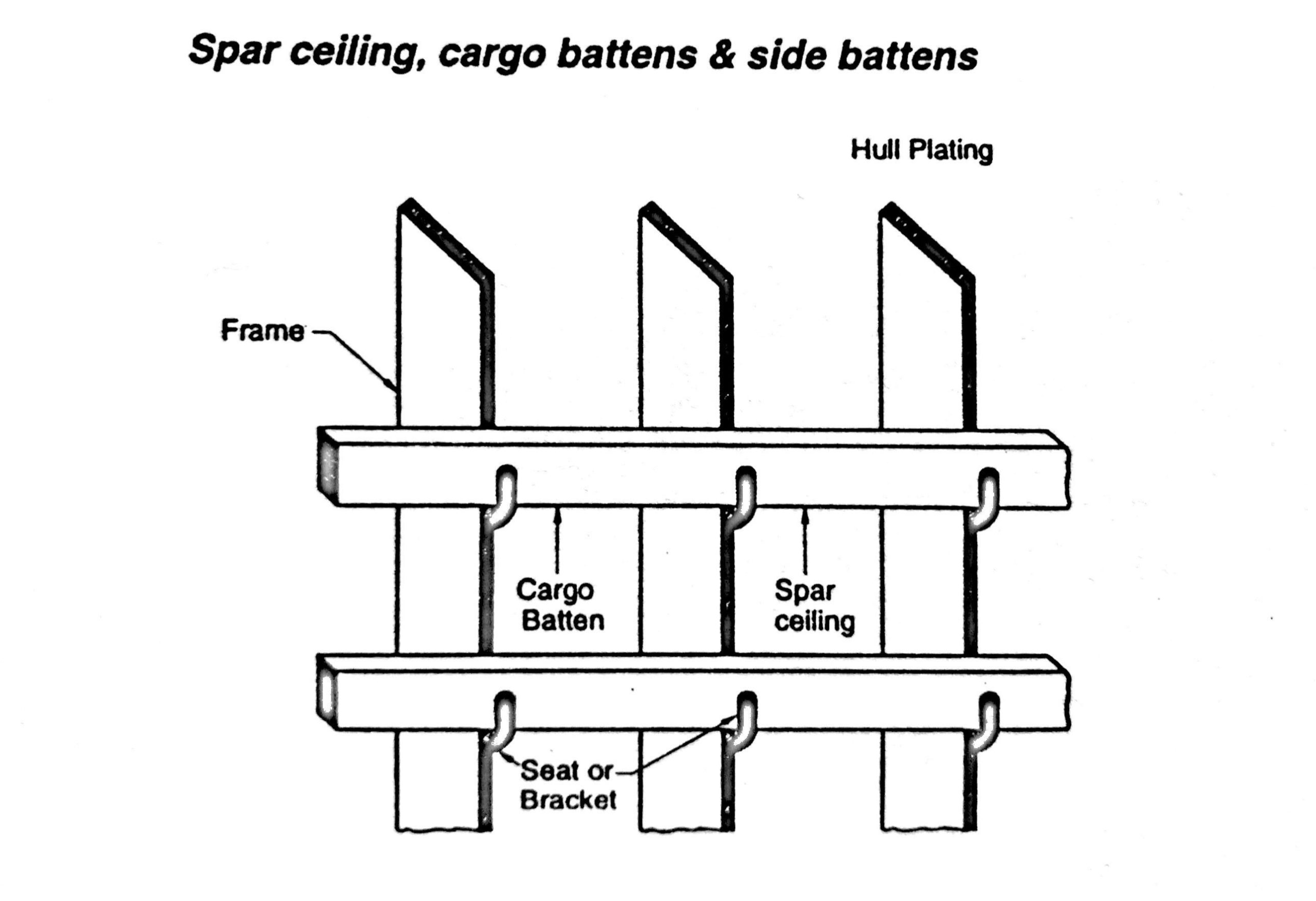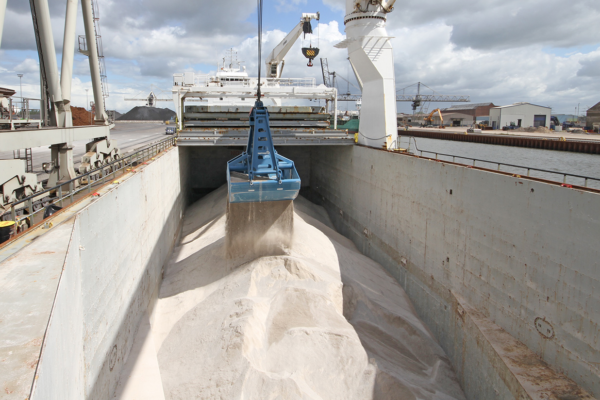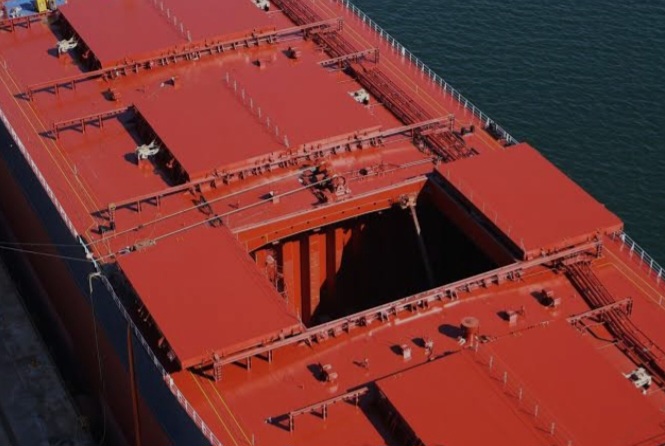Liquefaction – it’s a term used as a ‘catch-all’ phrase to describe at least two moisture-related cargo failure mechanisms. The results, however, are the same – vessel instability and ultimately the vessel sinking.
Classical liquefaction
Classical liquefaction occurs when moisture between the cargo particles becomes sufficiently pressurised, causing the particles to separate. “Then the cargo – imagine water between the particles – starts acting like a liquid, in a ship designed to carry solid bulk cargoes. That has a negative impact on stability and can cause the ship to capsize.”
Dynamic separation
The second mechanism, dynamic separation, has only been discussed or recognised in more recent years. “Dynamic separation happens when the larger particles move because of gravity to the bottom of the cargo hold and start compacting, and the smaller/finer particles become saturated and start moving to the top. This causes a free surface effect, of liquid on top of the cargo. Again, in a ship designed to carry solid cargoes you have this liquid sloshing around. This can cause the cargo to shift, with vessel instability and potential capsize.”
Little warning
It is quite possible there are other liquefaction mechanisms we don’t know about yet, which are moisture related.
But in any case, the impact can be sudden. “You will see that compared to the number of vessels lost, there is a very high disproportion of seafarers killed, because it can be very quick.”
In cases of dynamic separation, a sign for the crew that things are going wrong is when the vessel ‘wobbles’, he says. Sometimes the vessel lists, giving time to abandon ship – but often there is scarcely any warning.
Types of cargoes
Most cases of liquefaction involve cargoes of nickel ore, iron ore fines and bauxite, but it is a simplification to say that those cargoes are necessarily bad. The geology of the materials and where they came from is also a factor and could be more important.
“For example, nickel ore probably causes most of the cases – but nickel ore from Canada has a low risk, whereas nickel ore from South East Asia has a much larger risk profile.”
Having said that, even nickel ores mined from the same area in South East Asia can have differing levels of risk – as the mining operation progresses deeper or sideways, the geology of the material can change and that changes the risk profile.
Responsibilities
What makes the situation worse. The people involved – from the cargo owners/shippers/miners to the regulators – are often not doing what they should be doing.
“The cargo has to comply with certain regulations at the point of loading and prior to loading – and the local enforcement or local government officials are not really enforcing these as they should.”
The loading and carriage requirements for carrying this type of cargo are covered by the International Maritime Solid Bulk Cargoes (IMSBC) Code, which links into SOLAS – as he says, “if you are a country that is a signatory of SOLAS, you should be implementing this”.
The regulations stipulate are set times prior to loading when the cargo must be sampled and tested for its moisture content; the implications of not doing this properly are obvious, especially if the cargo has been sitting outside in the rain.
It is the shipper’s responsibility to carry out this testing and the local authority should ensure that it is done.
The problem is the general practices of the miner/shipper, rather than individual people, and the problems are particularly obvious in South East Asia and in West Africa, with lack of transparency and enforcement being frequent issues.
“Investment is needed – it takes money, time, knowledge and laboratories to do the necessary testing. What’s clear is that if everybody stuck to the rules, it would definitely help – although of course sometimes you have accidents.”
Ships’ crews
While the most obvious improvement would be for shippers to accurately sample and test cargoes pre shipment, and provide safe cargoes. Ships’ crews – “unfortunately the last line of defence” – should be provided with all the necessary information and understand the requirements of transportable moisture limit certification, so that they can make a judgement. “They should monitor cargo loading and ensure the correct documentation is in place,”.
However, information can be inaccurate – whether deliberately falsified or due to lack of competence.
“Crew cannot be expected to be experts in this field, especially taking into account the diverse range of cargoes they can carry from port to port,”. “If the crew are given inaccurate information by the shipper, it becomes very difficult to relate the cargo to the condition – and they come under a lot of pressure to accept cargoes. When you read accident reports, often the crew are blamed – and that is really unfair, because in the end the shipper should be providing safe cargoes and proper documentation.”
Awareness of the problem
There is definitely more awareness of the risk of liquefaction but it is difficult to say whether the situation has improved, he says. “We don’t hear about the near-misses unless by word-of-mouth. There are various liquefaction-related projects being undertaken and it does seem there is a willingness among some administrations to improve.”
From INTERCARGO’s point of view, the casualty report produced every year highlights liquefaction, hence raising awareness. The organisation has worked with the International Maritime Organization (IMO) to deliver workshops and works with national administrations, to encourage and help them to implement the IMSBC Code.



